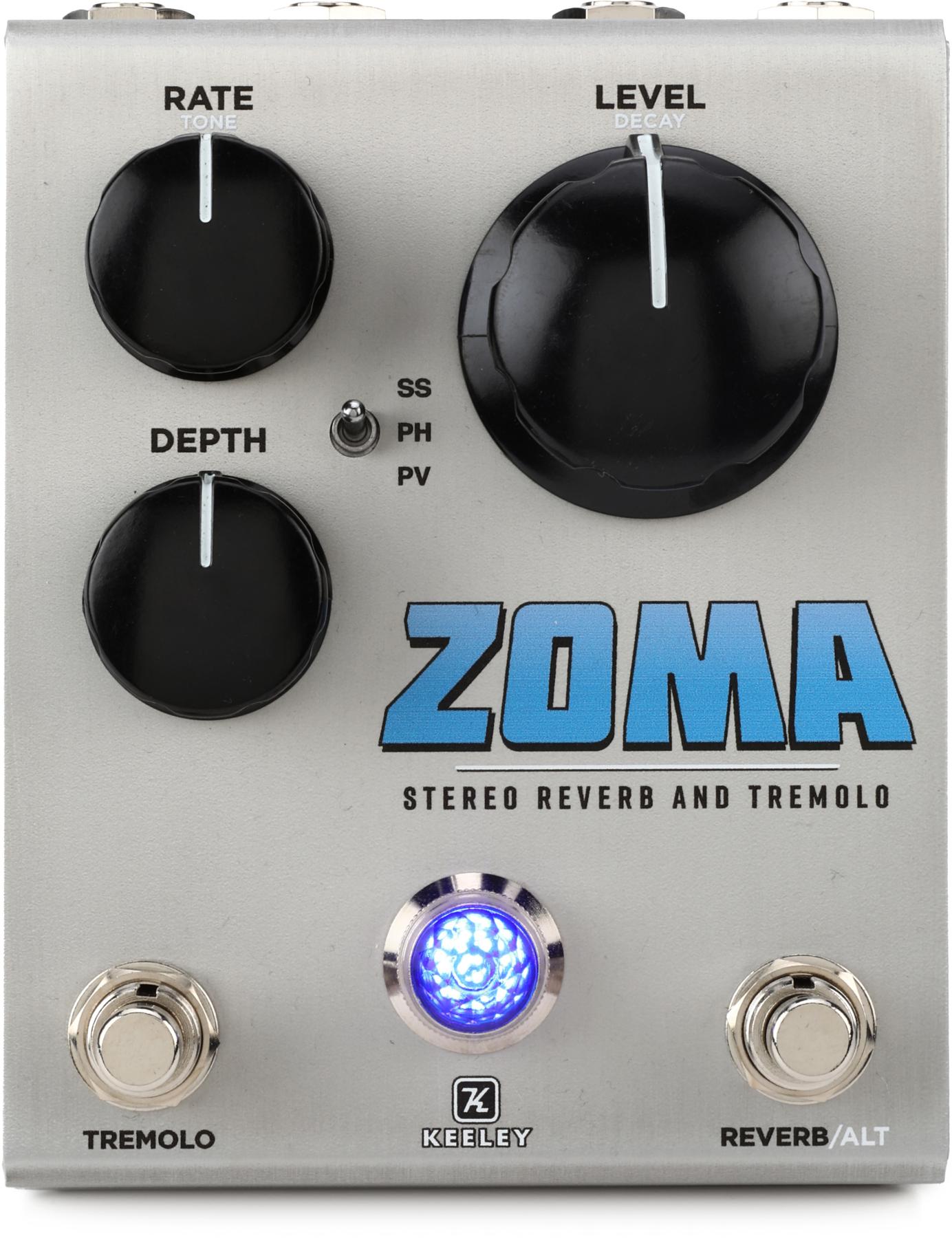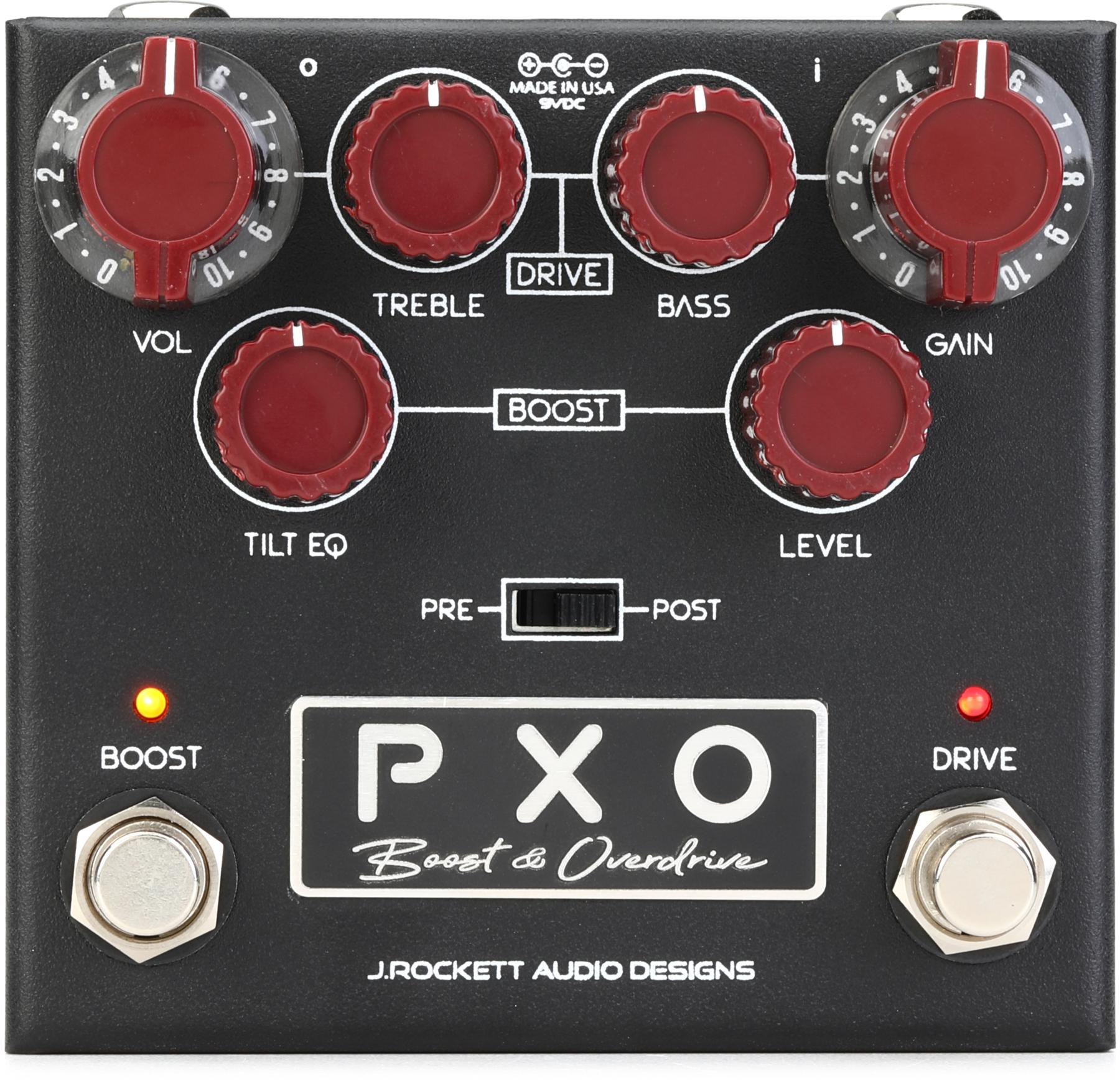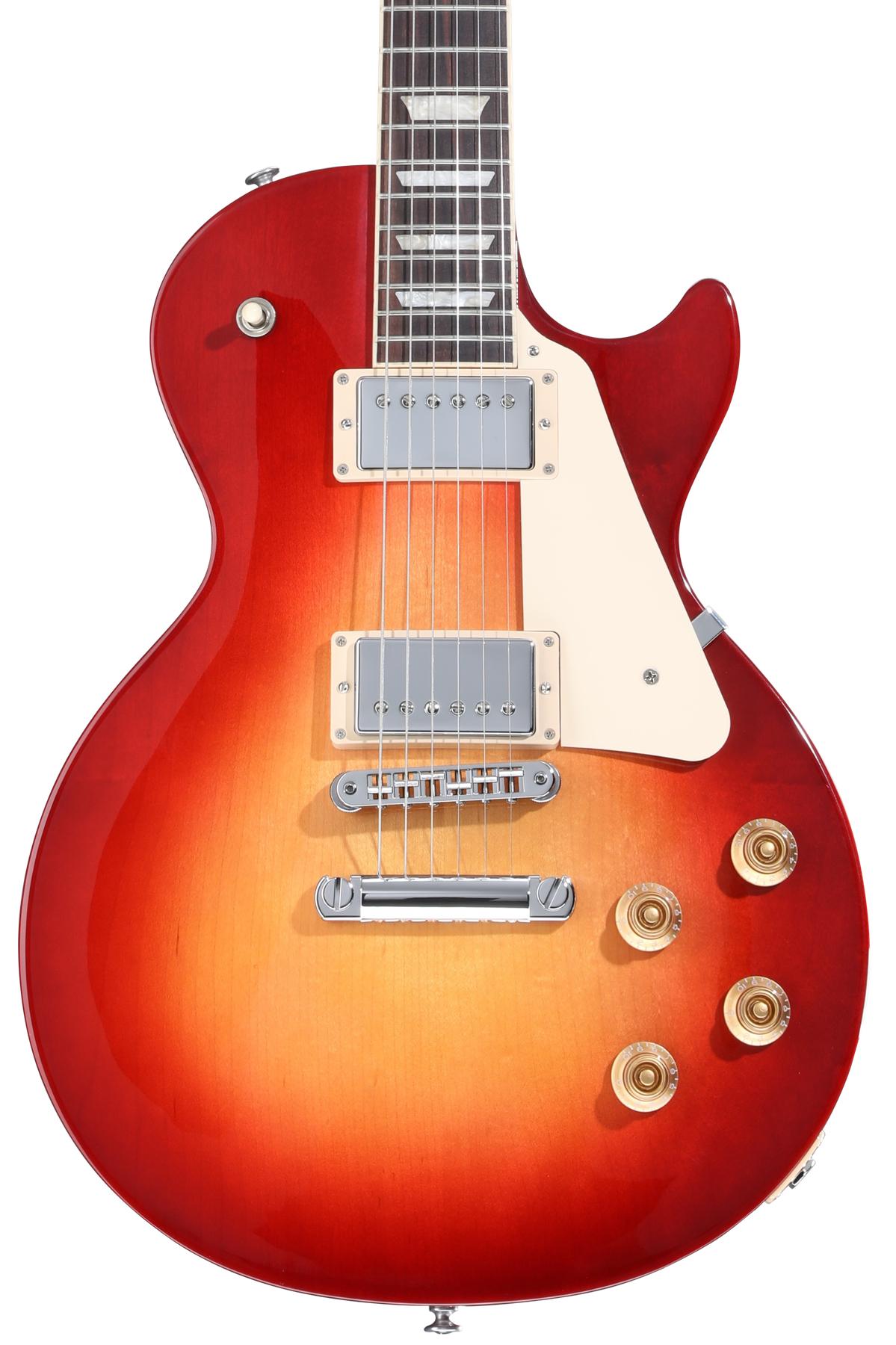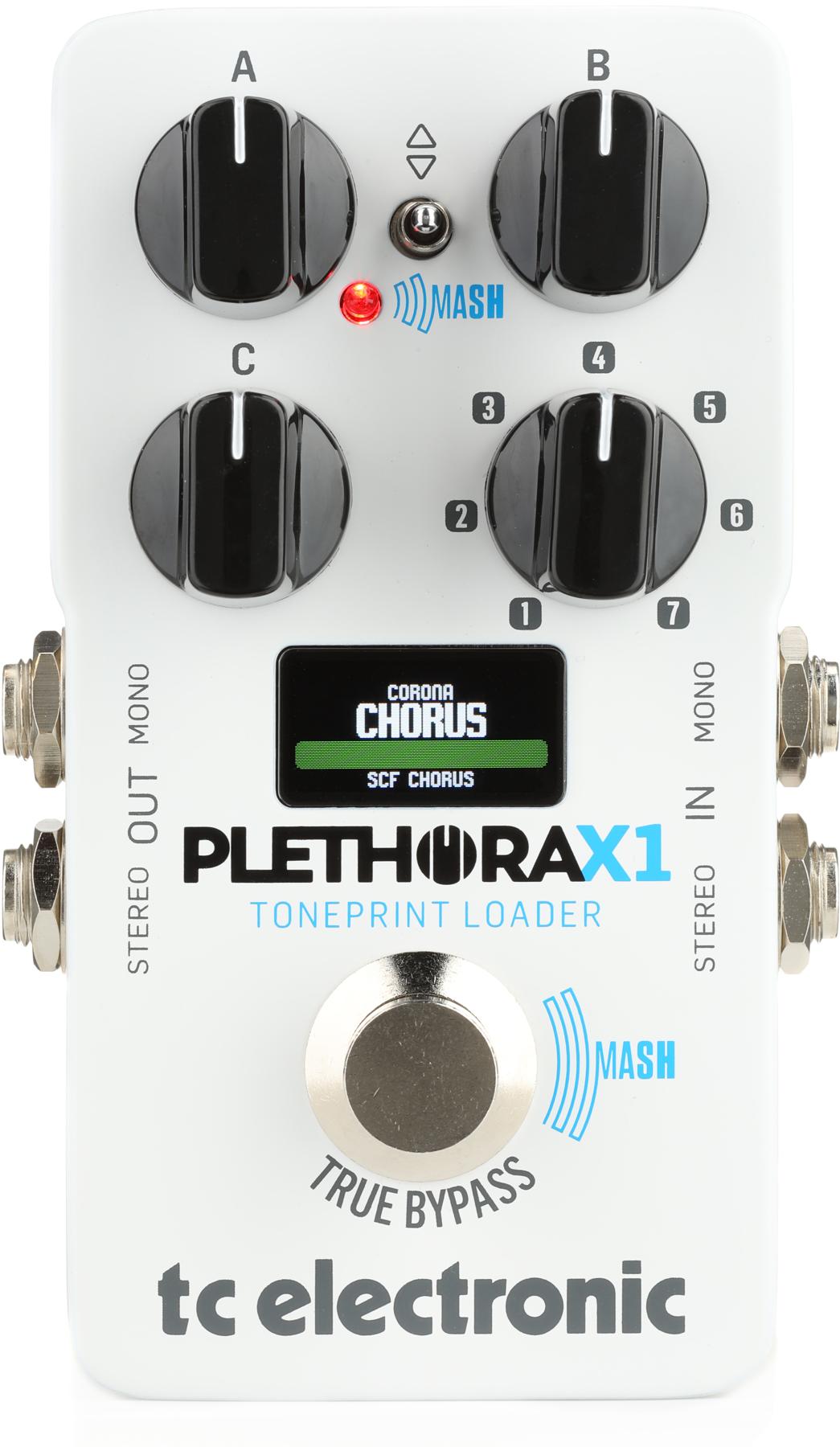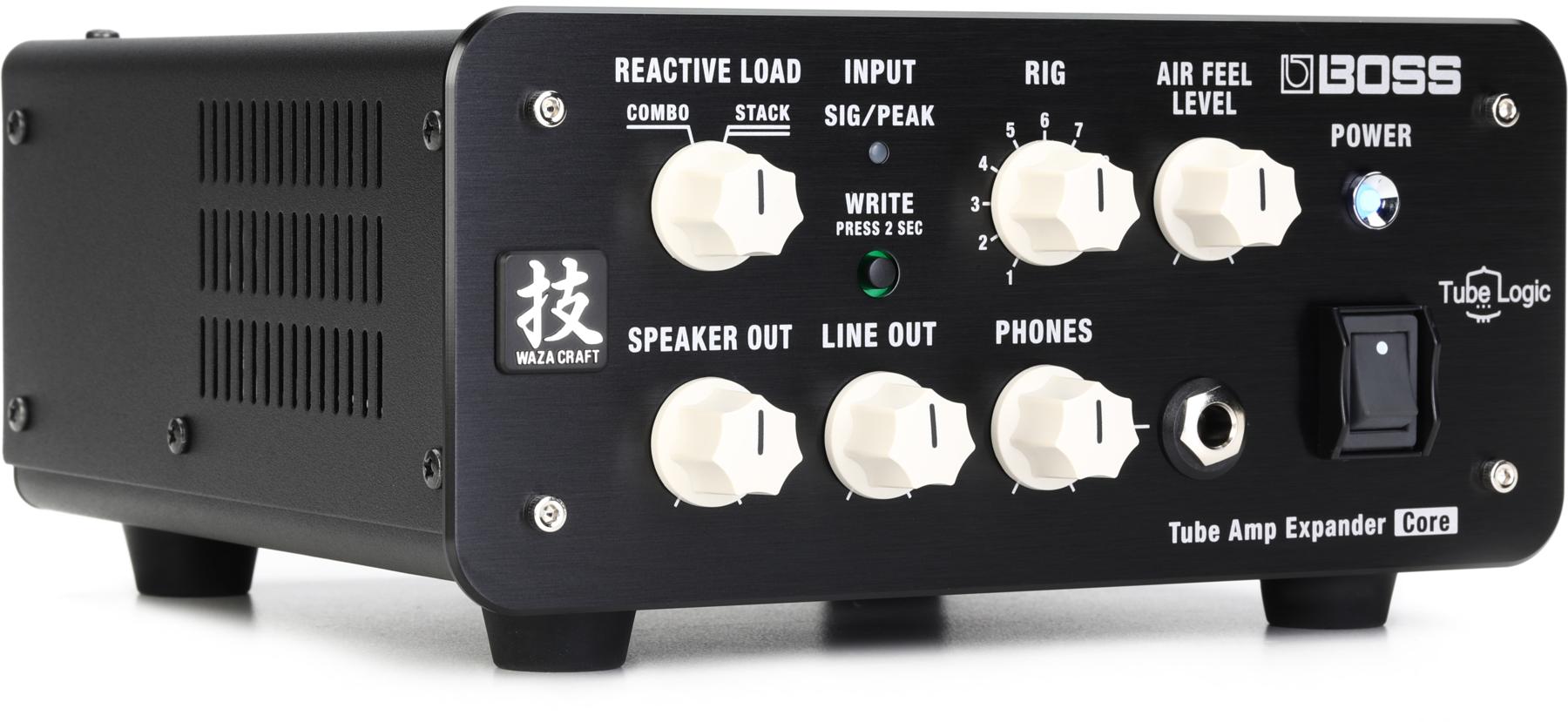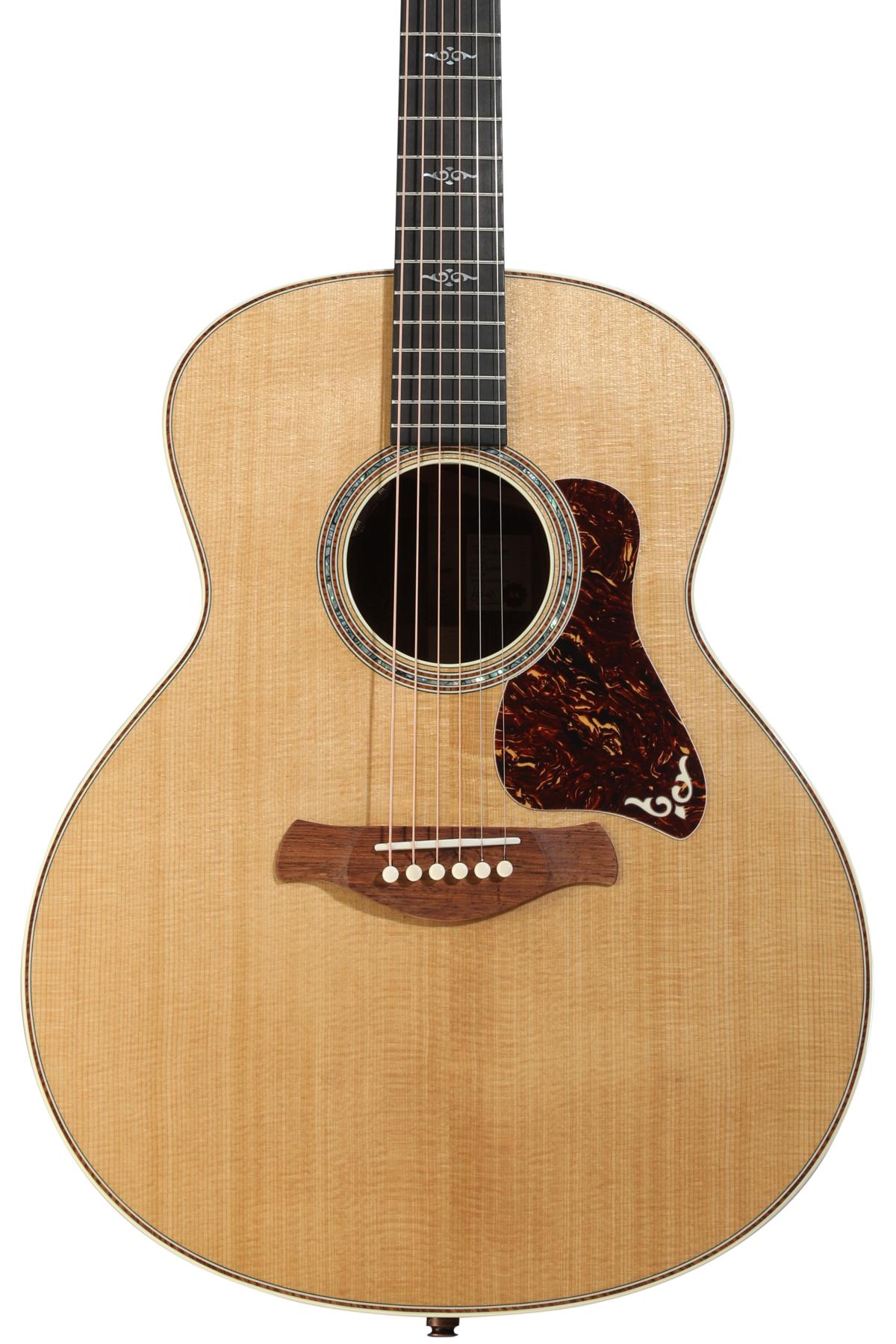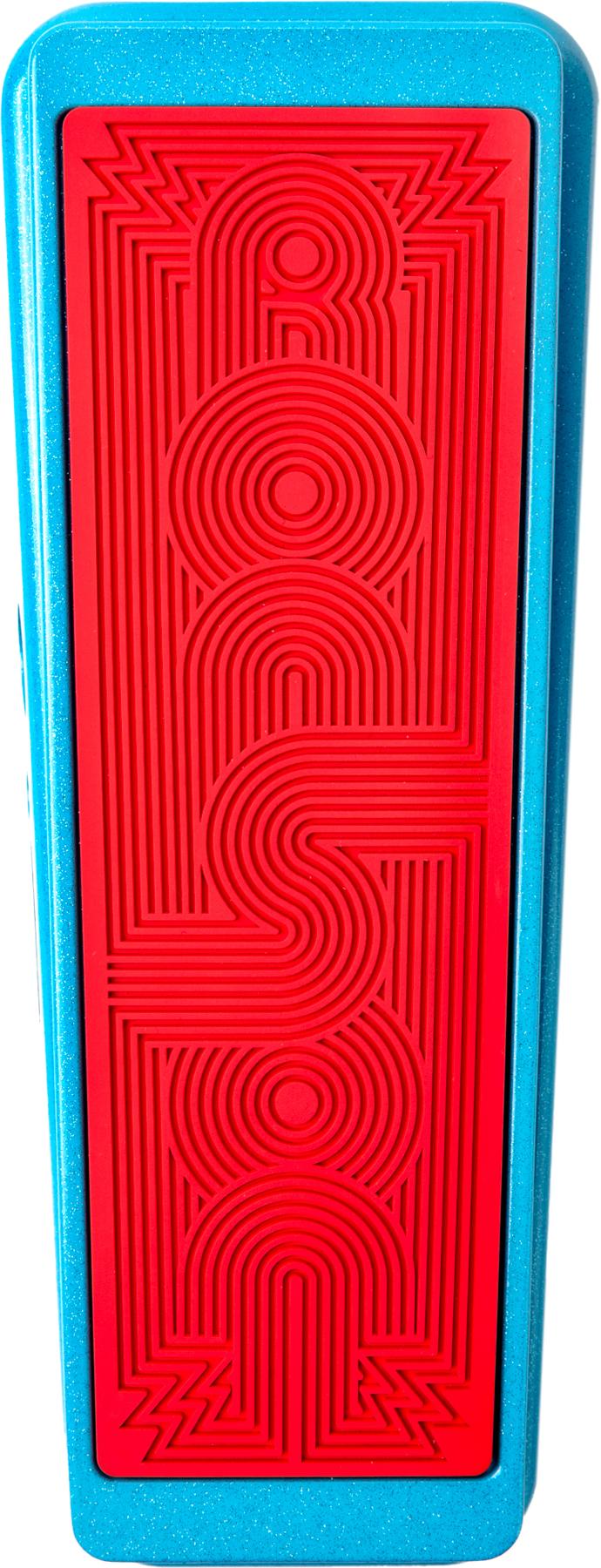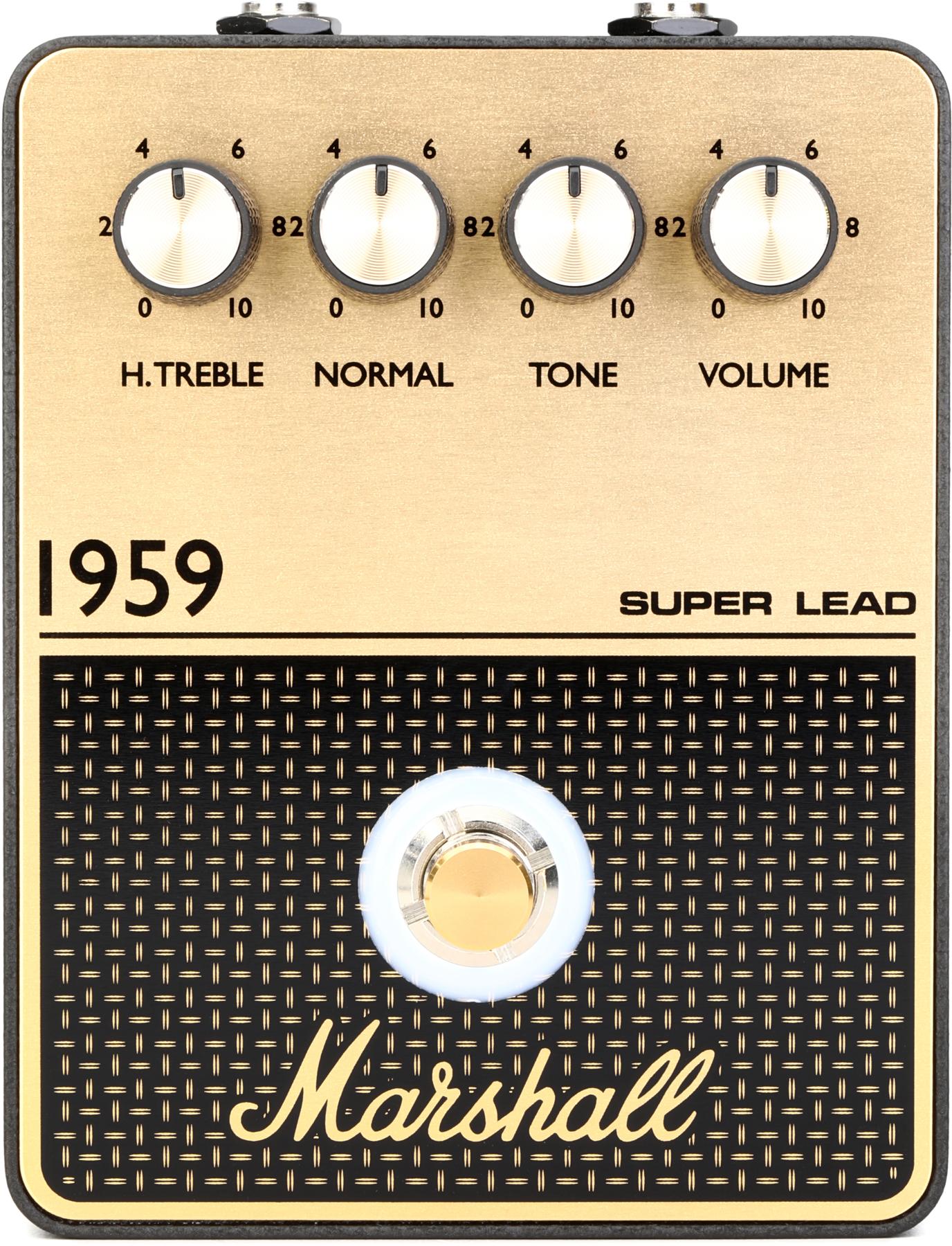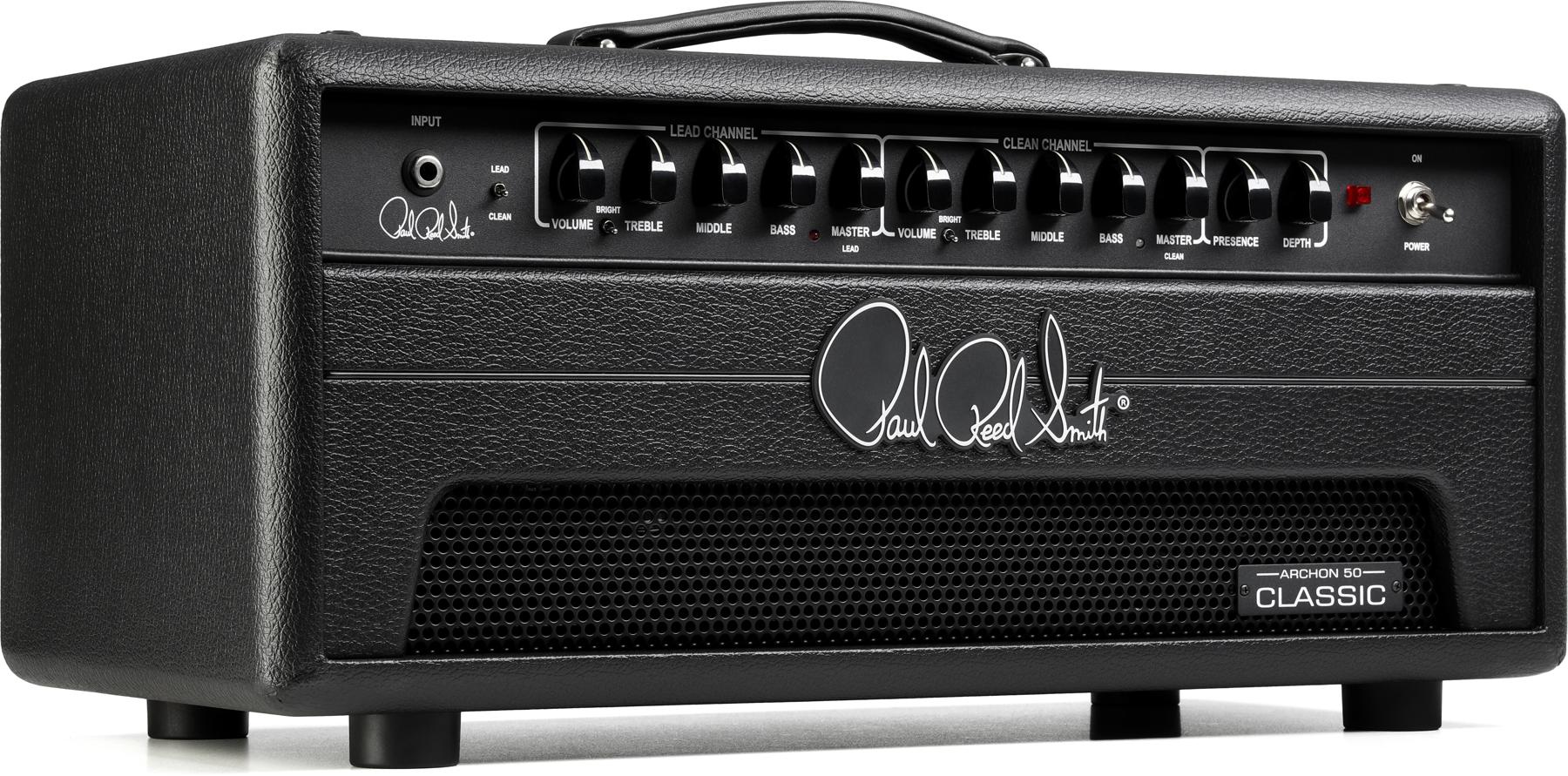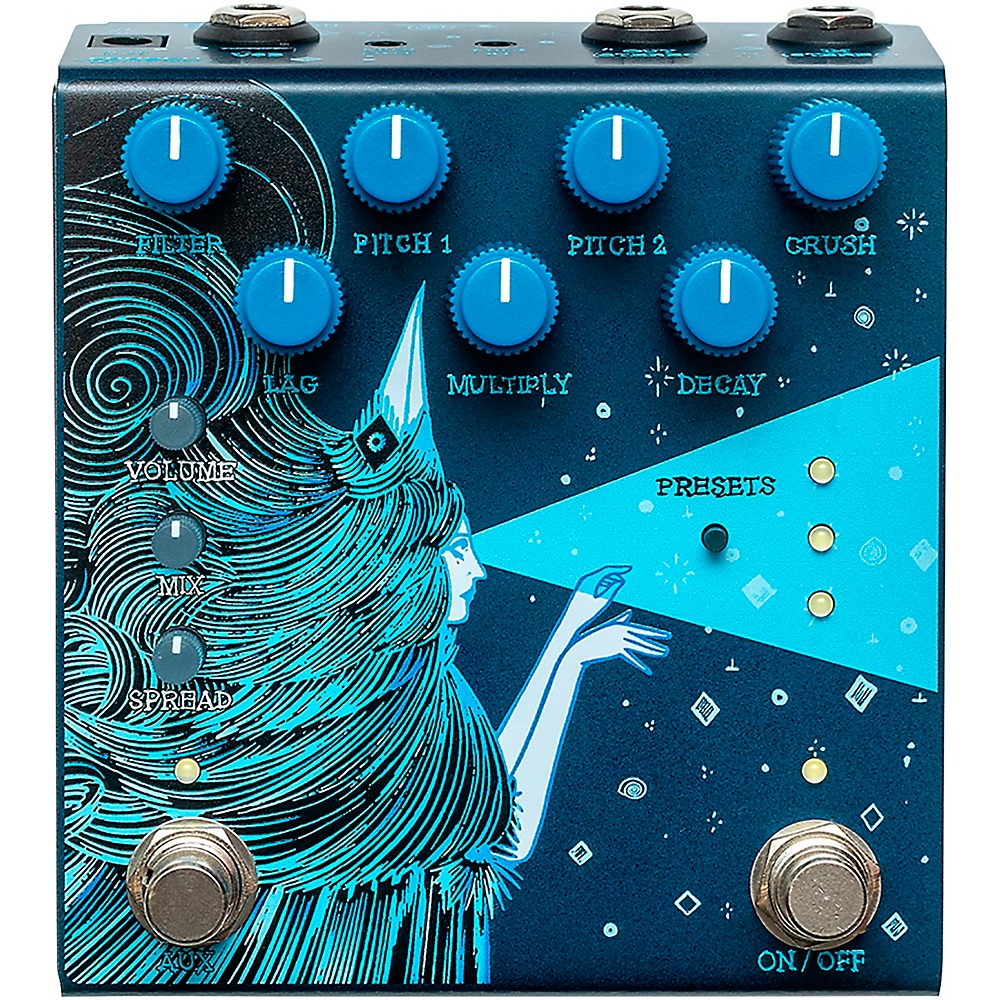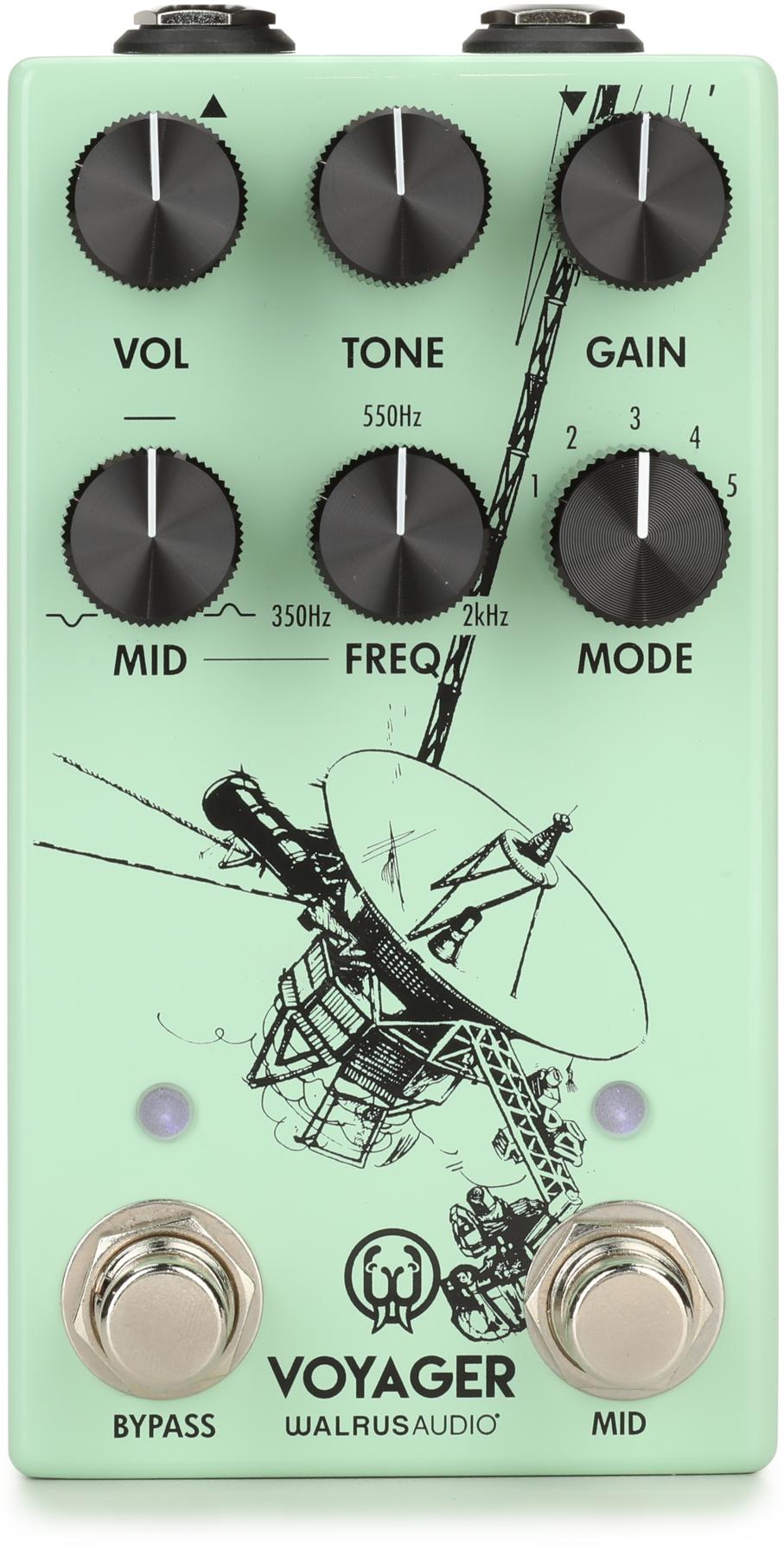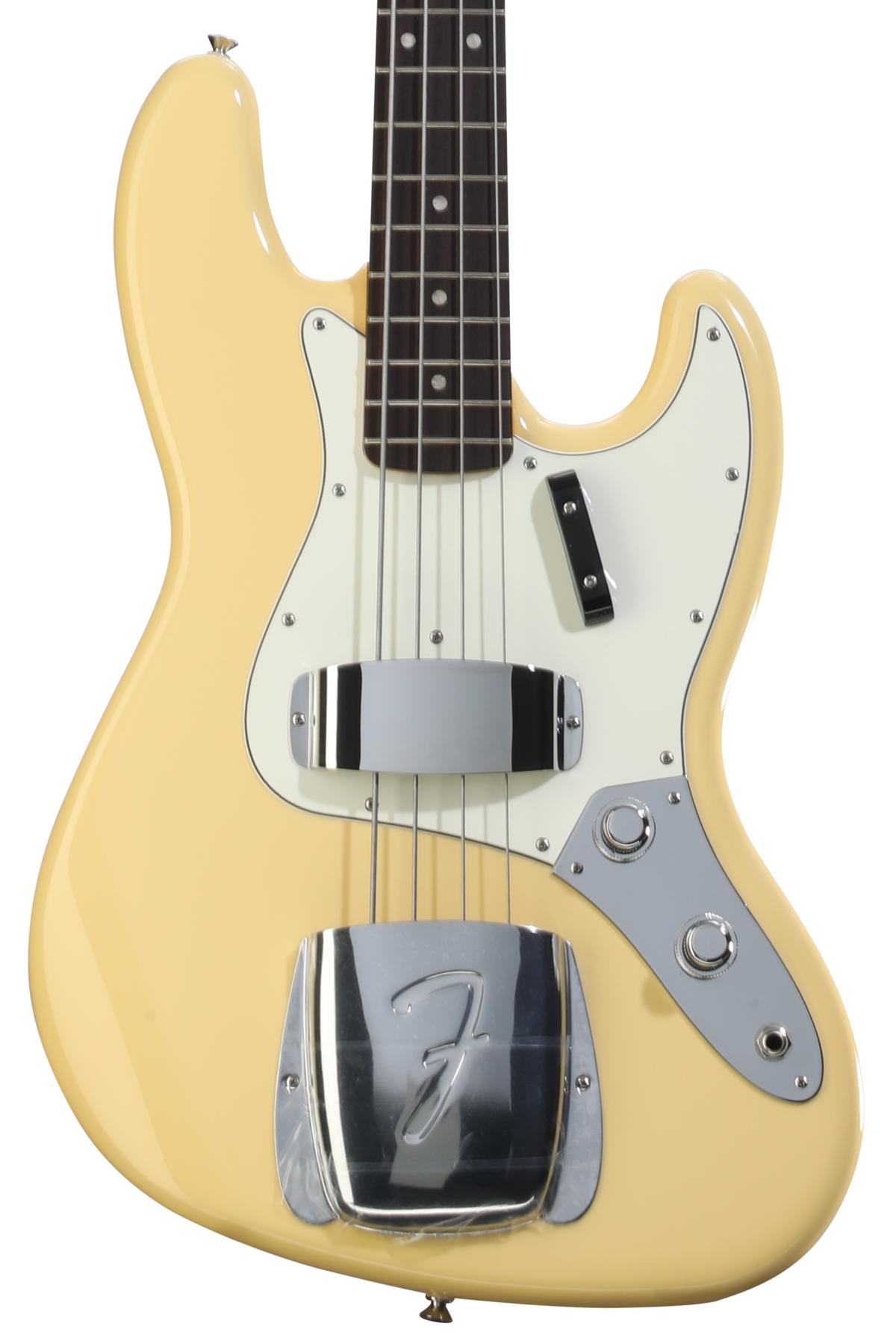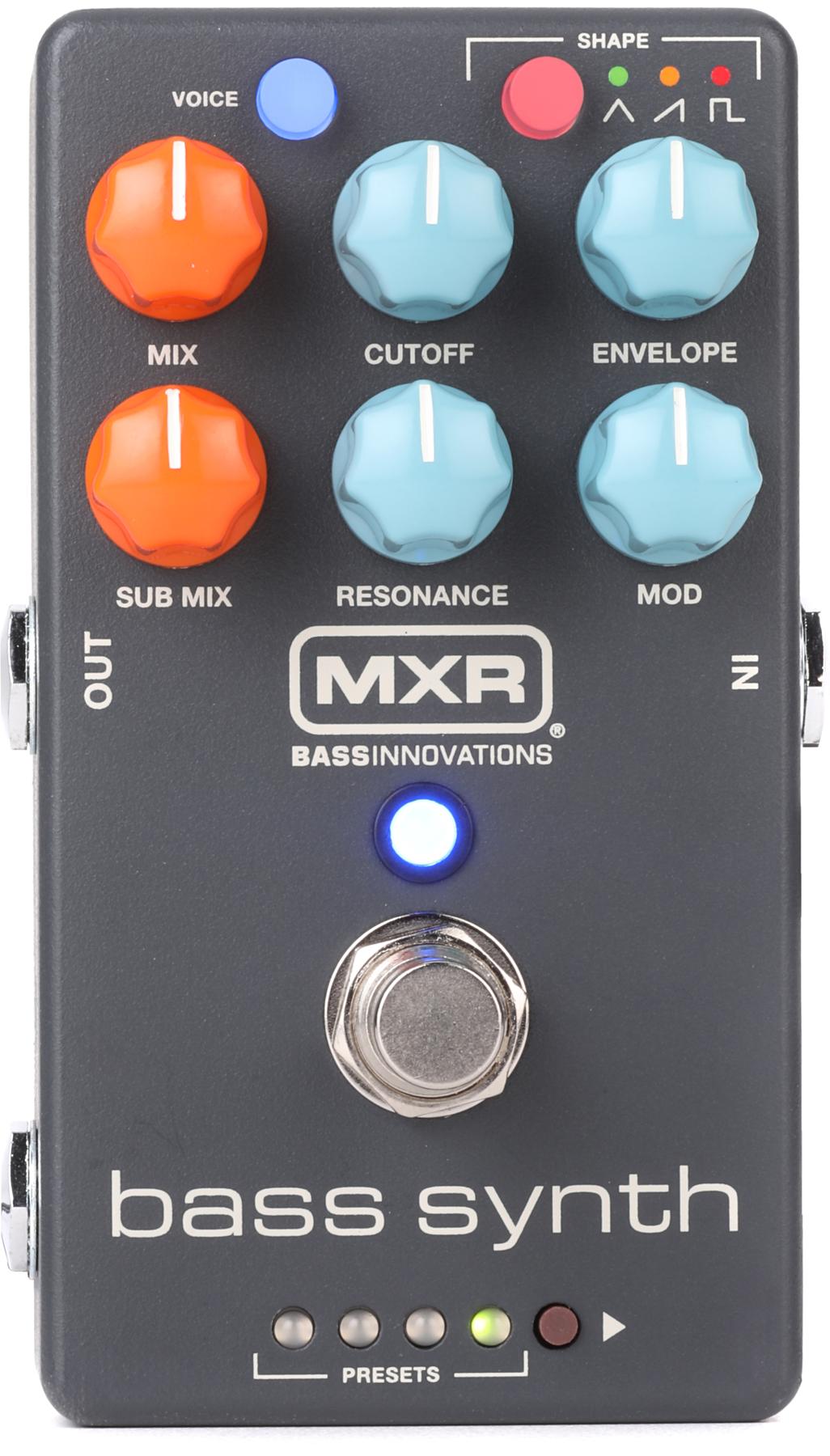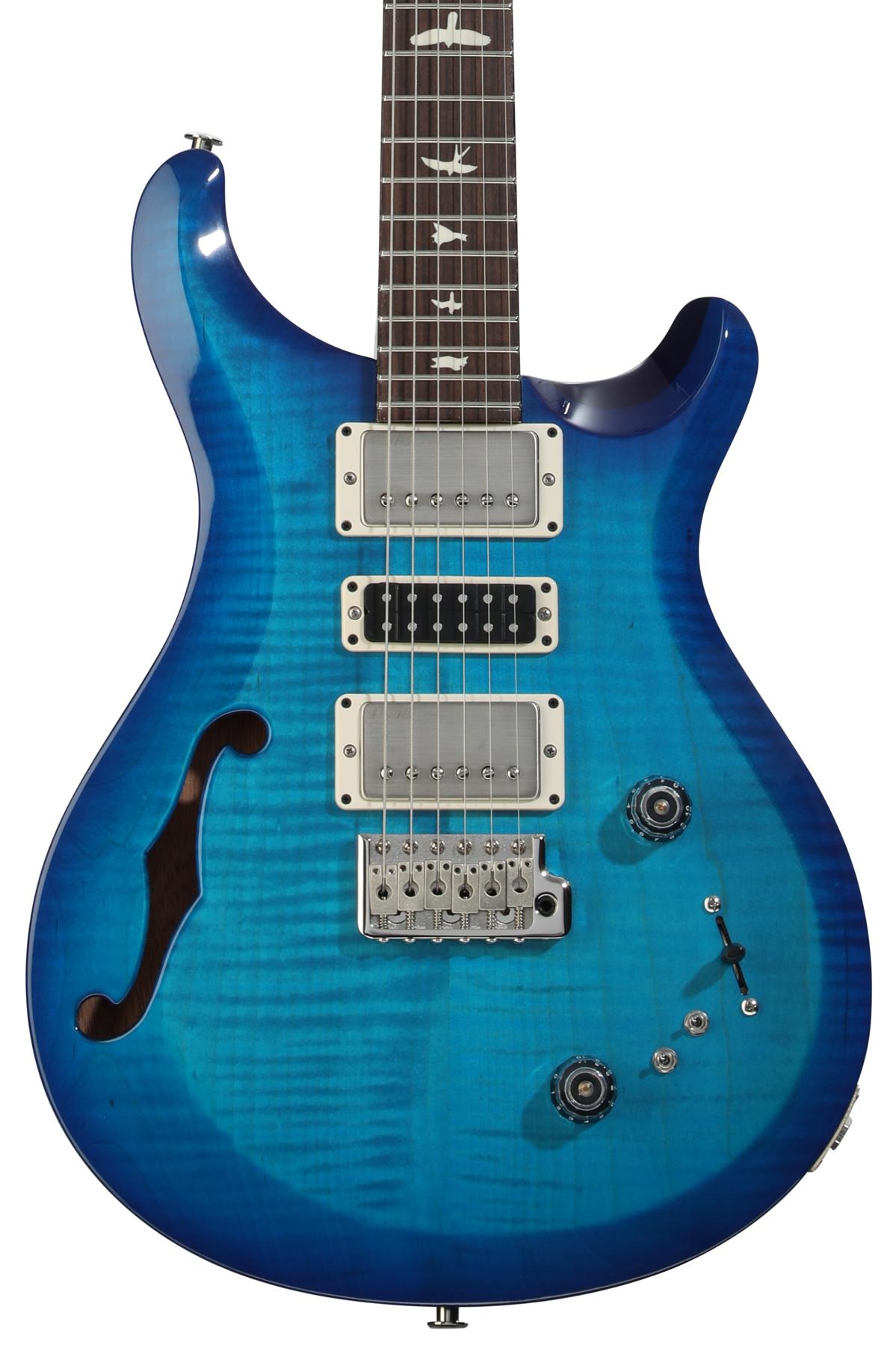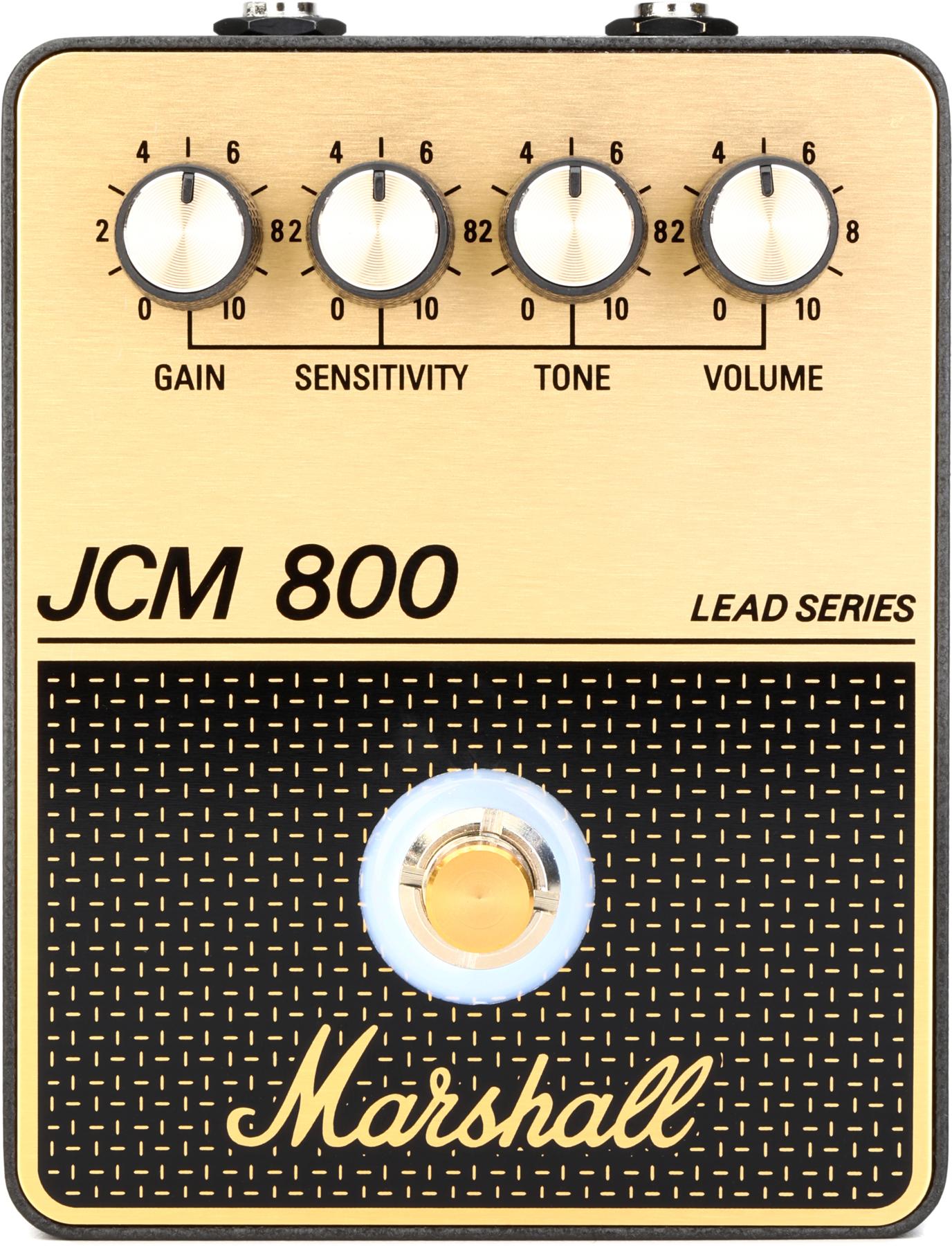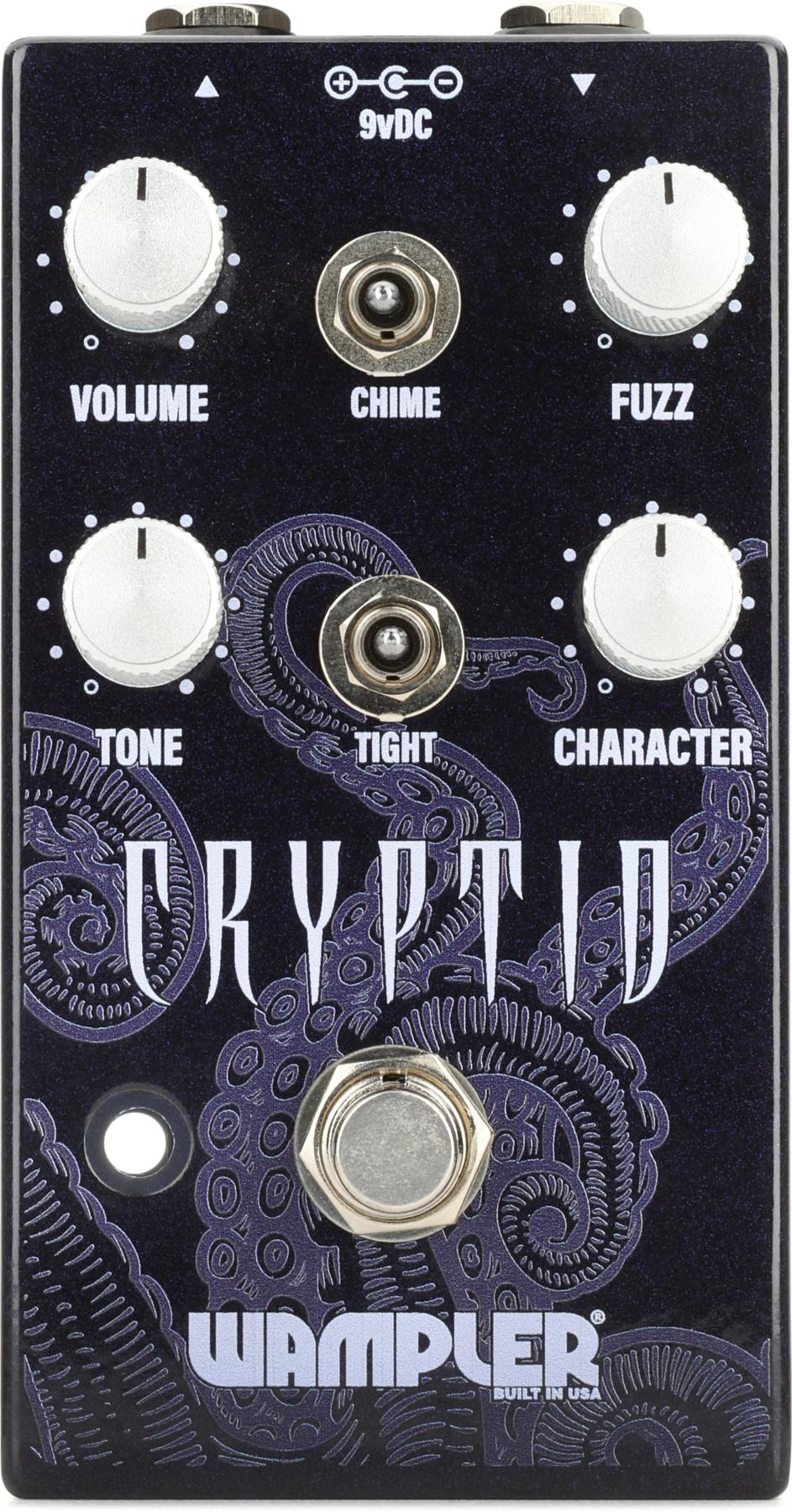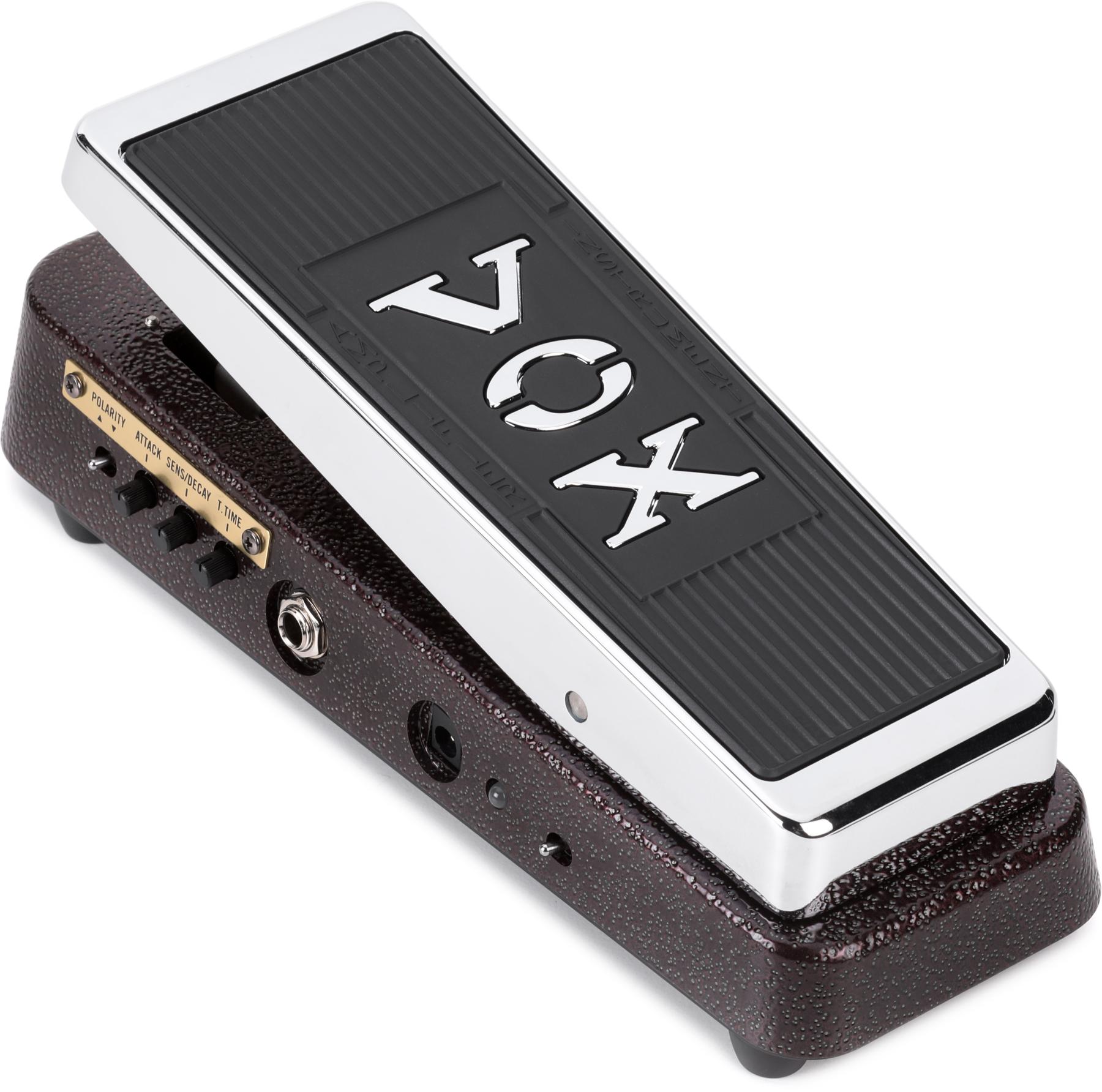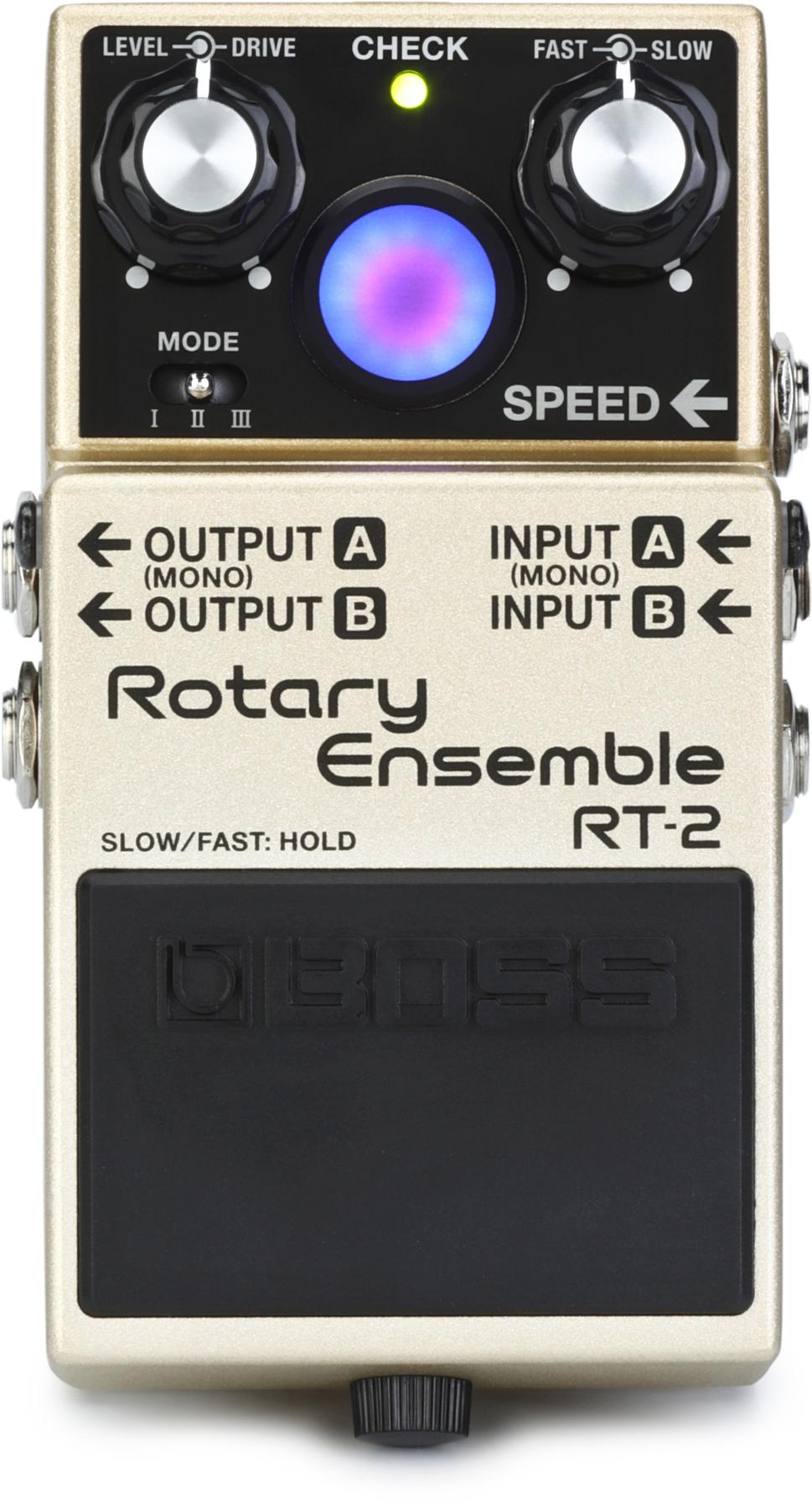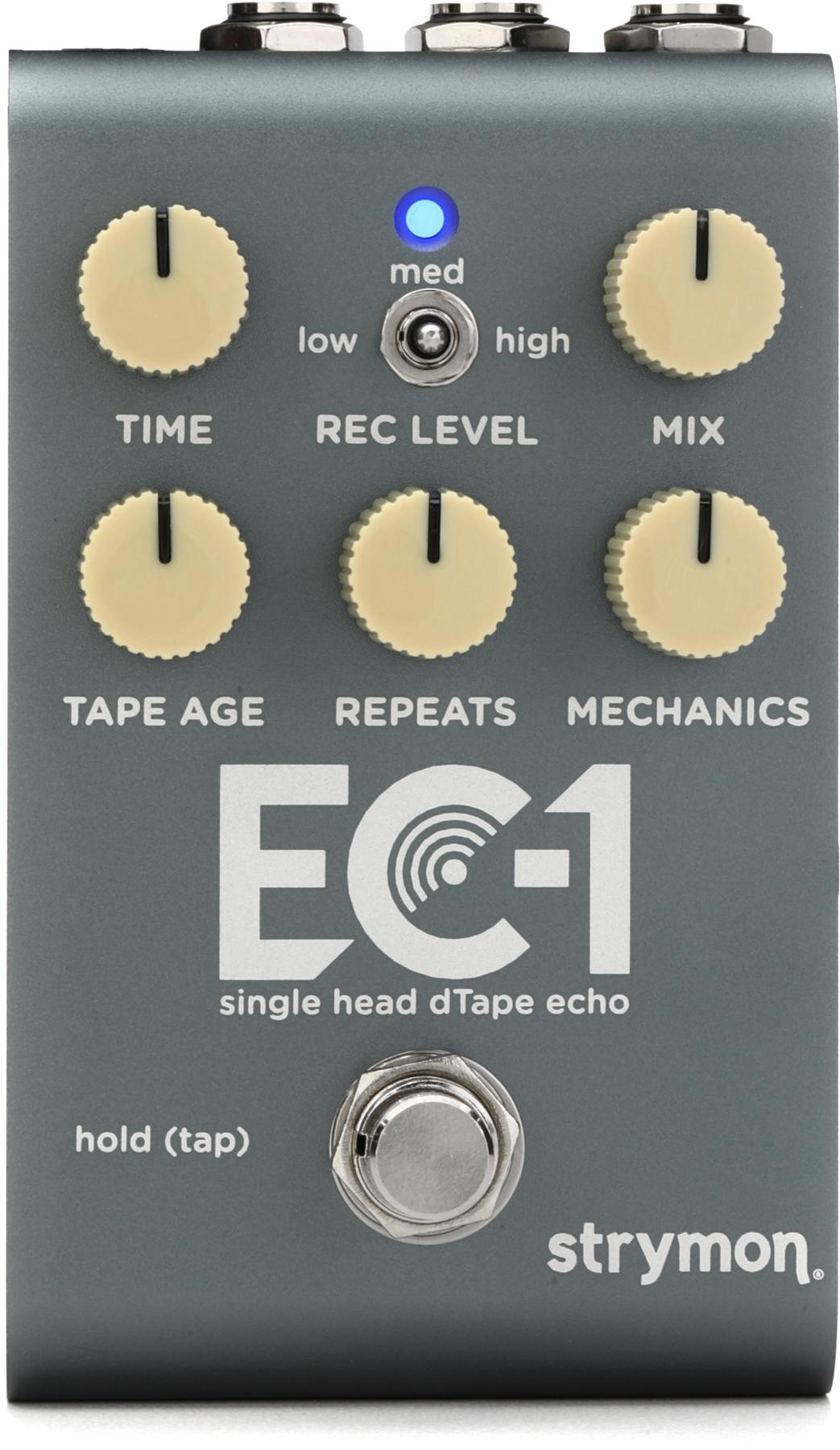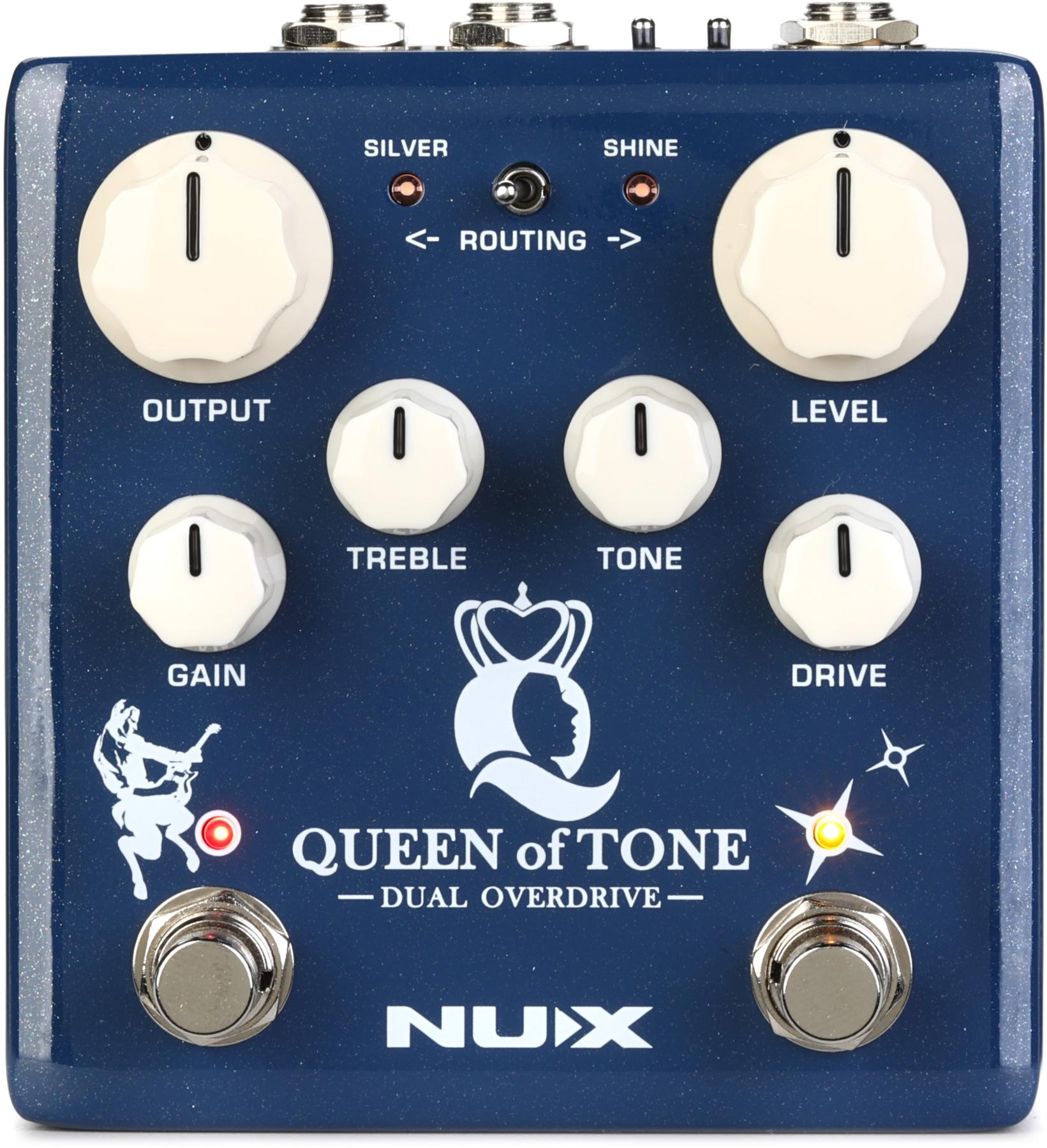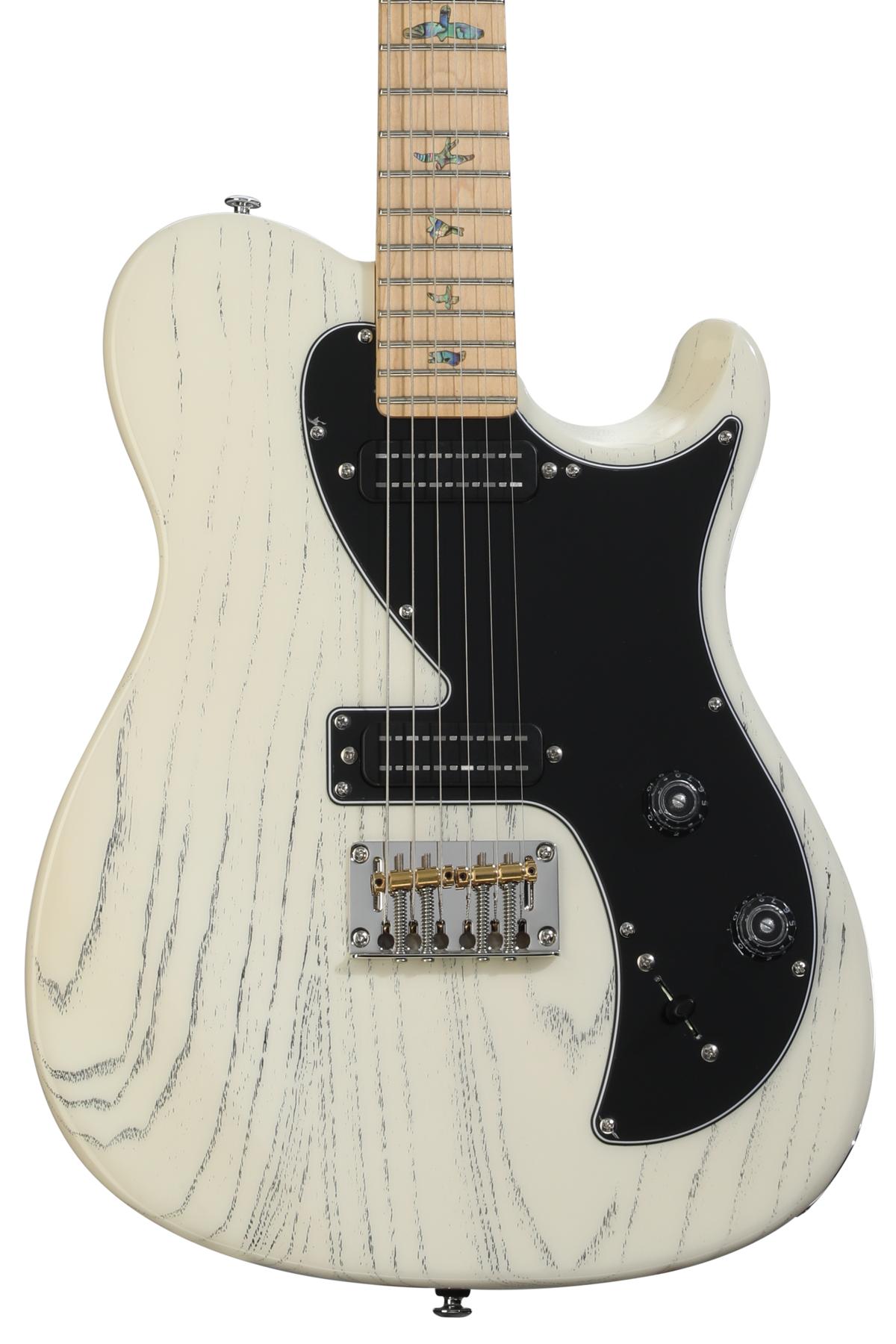When Moog released the Moogerfooger pedal line around the turn of the century, there were few musical devices I lusted after more. They were beautiful objects, built in the spirit and aesthetic of Moog’s legendary, lovely wood-clad Minimoog and other synthesizers in the company’s line. They also made amazing sounds and were, in every way, instruments in their own right. But they were pretty expensive for a young person minding their pennies, and since their discontinuation, prices for secondhand specimens climbed to ever more stratospheric heights. That exclusivity made the Moogerfoogers logical targets for Warm Audio, who excel at authentically replicating vintage circuits as well as the physical, tactile experience of working with them. And the new RingerBringer, Warm’s take on the Moog MF-102 ring modulator, is an experience indeed.
Earthy Elements and Starbound Sounds
You could confine your activities to intuitively tweaking the RingerBringer’s controls and find your way to countless fascinating places. But in mastering the device, it can be helpful to think of the RingerBringer as a little synthesizer instead of a guitar pedal, and get to know the principles behind the basic effect.
Ring modulation occurs when the RingerBringer’s carrier frequency, a sine wave that’s tuned via the frequency knob, interacts with the signal from your instrument. At the pedal’s lower carrier frequencies (selected via the hi/lo rocker switch), those interactions tend to sound like tremolo. At higher frequencies, the combined signals can generate intense modulations with bizarre harmonics and overtones.
The LFO section of the pedal oscillates the carrier frequency within a range of as many as three octaves (which is determined by the amount knob), and the rate knob governs how fast that oscillation happens. The waveform selector plays an enormous role in shaping this oscillation, too. In square-wave mode, the LFO will effectively move between the two extreme points in the oscillation, creating a choppy modulation. In sine-wave mode, the oscillation sweeps between those extremes, producing a comparatively smooth and vocal sound. The RingerBringer also features a drive control at the pedal’s input that kicks up cool low-gain distortion and generates sharp, resonant peaks. All of these controls are highly interactive. And even if you only use the four knobs and six switches, you can uncover troves of freakish and lovely tones. But you can also assign an expression pedal to any of the four knobs, which opens a whole new realm of possibilities, particularly when you add unconventional prepared guitar techniques.
Of Flutters and Faraway Worlds
The tremolo-like effects that live in the low-frequency range are among the real joys of the RingerBringer, though you’ll encounter some very crooked takes. Various combinations of square and sine waves, frequencies, rates, and drive levels yield pulses that are deep, rich, resonant, and rubbery, but also percolate with hiccups, odd accents, burbles, and subdivisions that can color or craze a picking pattern, depending on the wet/dry mix and your intent.
The high-frequency range is where the aliens and Daleks live. But depending on the frequency and rate controls, you can also create the toll of haunted trans-dimensional church bells and the whir of UFO engine rooms. These frequencies are highly reactive to changes in picking intensity, and even the point along the string’s length where you pluck a string. They can also drive other effects in cool ways. For instance, if you use a low effects mix and pair the pedal with a delay setup for a long sequence of slapback repeats, you can generate dissonant notes that subtly shadow the true notes from your dry mix as the delay manufactures whistling sheets of overtones and compound notes. These settings free you to chase intuitively fashioned note clusters that generate off-kilter harmonizing chords—a liberating exercise that can make you look at the fretboard in totally new ways.
The Verdict
It probably goes without saying that the RingerBringer won’t be for everyone. Though it’s capable of pretty sounds—generally the ones on the tremolo-like spectrum—it might be a candidate for the pedal most likely to get you kicked out of your cover band. But if your musical inclinations are more experimental, you’ll find the RingerBringer overflowing with sounds that can shift the mood of a song from neutral to haunting, futuristic, alien, or unsettling—or recast it into an altogether different musical entity. Players with more conventional tastes should take my ratings as highly subjective. I relished almost every sound here and many of them sparked fresh musical ideas, so my tones and value ratings might be higher than they would be for folks down to pick a few James Taylor jams. But at just $219, this very authentic take on a Moog classic will be a righteous deal for those that regret missing out on scoring the real thing.











